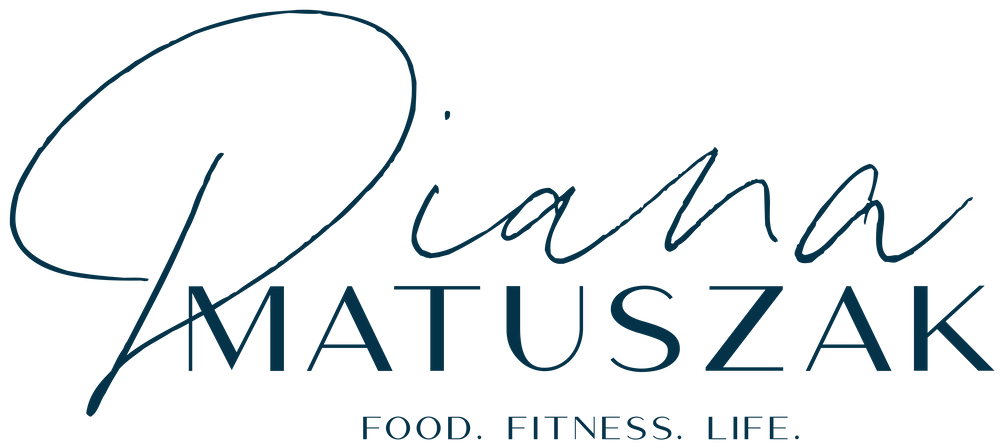The Ultimate Cheat Sheet to Buying Organic
Organic. Non-GMO. Just a couple of those controversial topics in this realm of the industry. My view? Be educated. Know what they mean. Understand the potential consequences and make decisions based on your own values and opinions. I talk pretty frequently on my social media (www.instagram.com/diana_matuszak and FaceBook @DianaMatuszak) about how I like to eat organic. There is a lot of controversial claims circulating about whether or not organic is healthier, more nutrient dense and so on.
Being as educated as possible about these topics is really important to me so that I know I’m making the best decisions for MY values. I’m not going to stand here and say “you need to do this” or “you shouldn’t do that.” I want to educate you and empower you to form your own opinions and make your decisions based on those.
So. Organic. What does it mean?
If a food is labeled as USDA Organic it means that it is compliant of the regulations of the USDA, meaning they haven’t used certain pesticides, fertilizers or food additives. Organic farming is also used to promote a healthier environment and protection of animals.
Our research and evidence of the effects of these things is ever growing and changing. But one common theme is that we don’t really know the effects that these chemicals can have on the human body, though many have been linked to cancers and other serious illnesses. Some argue we do know and some argue we don’t have enough evidence.
What we do know is that these toxins can create a lot of inflammation and disturbance in the body, causing us to hold onto weight we don’t want.
I’d encourage you to do your own research if this interests you and make your decisions after doing so.
My perspective is that my health is not something I’m willing to risk. So I do try to eat mostly organic.
A common complaint is that organic is so expensive. A great way to get past this is to use the clean 15 and the dirty dozen. These lists were created using the amount of pesticides found on these items. The dirty dozen have the most. The clean 15 you’re okay to purchase non-organic and the dirty dozen should be organic. A great rule of thumb (especially for fruits) is if you eat the skin, purchase organic. The skin is where the things we don’t want would be sitting anyway.
A great way to cut down costs on the dirty dozen purchasing organic is to buy in season. Another way would be to purchase those from the freezer section when they’re not in season (these are generally cheaper than buying fresh).
So here you go!
Dirty Dozen:
Apples
Celery
Cherry tomatoes
Cucumbers
Grapes
Nectarines
Peaches
Potatoes
Snap peas
Spinach
Strawberries
Sweet bell peppers
Clean Fifteen:
Asparagus
Avocados
Cabbage
Cantaloupe
Cauliflower
Eggplant
Grapefruit
Kiwi
Mangoes
Onions
Papayas
Pineapples
Sweet corn
Sweet peas (frozen)
Sweet Potatoes
I hope this was helpful for you! Let me know what you think in the comments!
